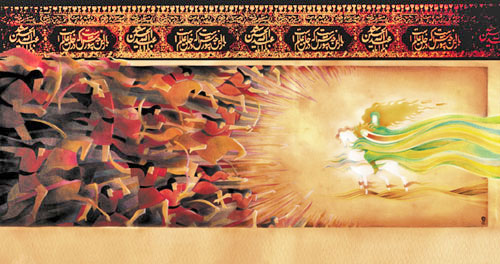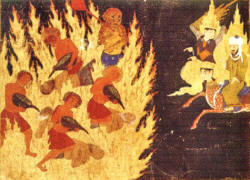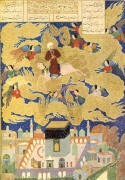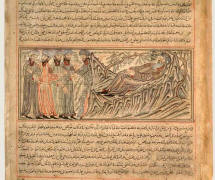|
Persian or central Asian illustration showing Mohammed (on the
right) preaching. leaf from a copy of the Bustan of Sacdi, dated 1514.
From Bukhara, Uzbekistan.
The
Metropolitan Museum of Art leaf from a copy of the Majmac al-tawarikh (Compendium of Histories), ca. 1425;
Timurid. From Herat, Afghanistan.
The Metropolitan Museum of Art leaf from a copy of the Majmac al-tawarikh (Compendium of Histories), ca. 1425;
Timurid. Herat, Afghanistan.
The Metropolitan Museum of Art
Persia, late medieval (date unknown).
From the Apocalypse of Muhammad, written in 1436 in Herat, Afghanistan
(now in the Bibliotheque Nationale, Paris). Right: Mohammed arrives on the shores of the White Sea. Also from the Apocalypse of Muhammad, written in 1436 in Herat, Afghanistan
(now
in the Bibliotheque Nationale, Paris).
showing the Angel Gabriel
speaking to Mohammed. from an Arab or central Asian medieval-era manuscript.
("The Universal History")
Persia, 1436.
along
with a Christian-style halo.
Source
unknown.
Source
unknown.
Tabriz, Persia, c. 1314-15.
Edinburgh
University Library
from the painting above. Source unknown.
A word-for-word transliteration of the caption to that picture in Farsi says (according to this automated translation site)
...which obviously doesn't translate well but which does make mention of "The Messenger," a traditional epithet for Mohammed (as the messenger of Allah).
Note: this image is hosted on the Web site of the Iranian newspaper Hamshahri, which is sponsoring a contest of cartoons about the Holocaust as an outraged response to the publication of the Mohammed cartoons in the West. Yet the newspaper itself is currently displaying the below depiction of Mohammed. (This image also on the newspaper's site appears to be a contemporary image of Mohammed as well.)
Three more images of the full Mohammed from HERE
|
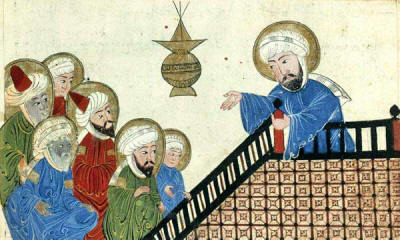
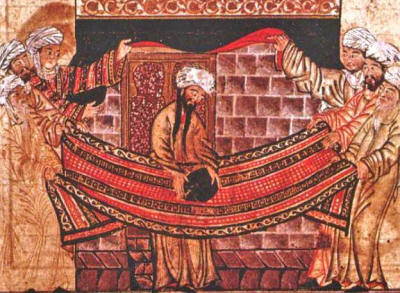
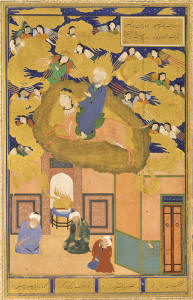
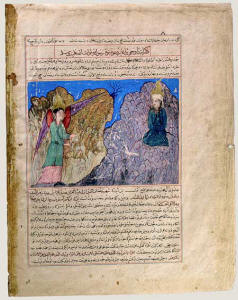
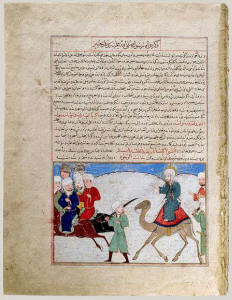

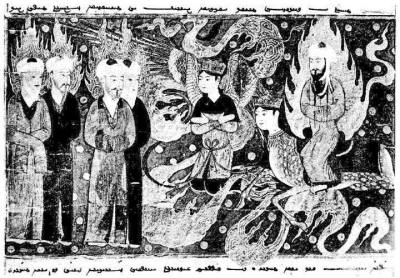
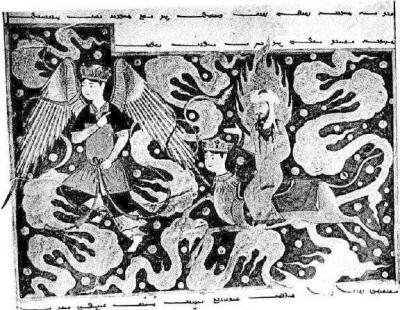
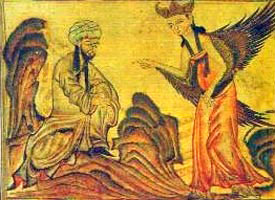
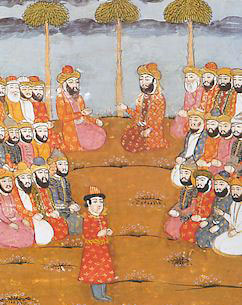
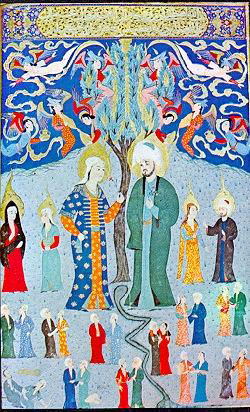
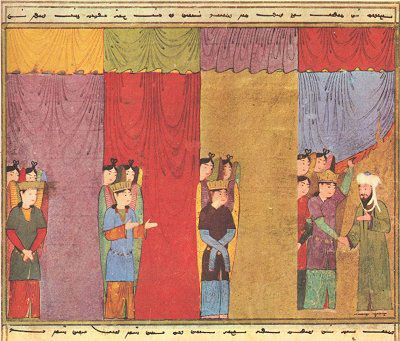
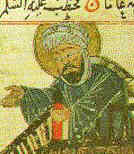
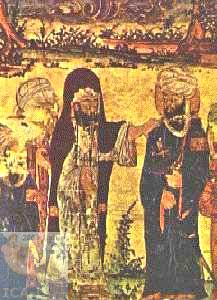
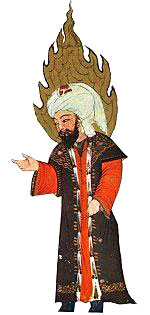
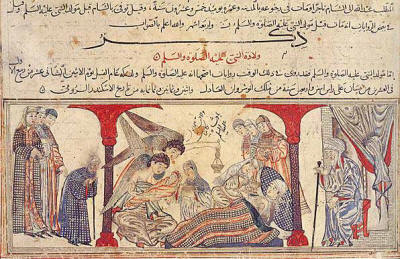
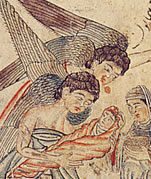
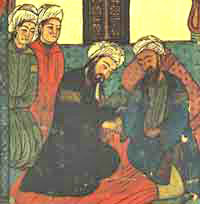
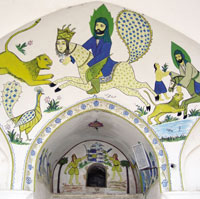 contemporary building in
Iran. The mural show Buraq (the animal that carried Mohammed on his
Night Voyage, described as
contemporary building in
Iran. The mural show Buraq (the animal that carried Mohammed on his
Night Voyage, described as
